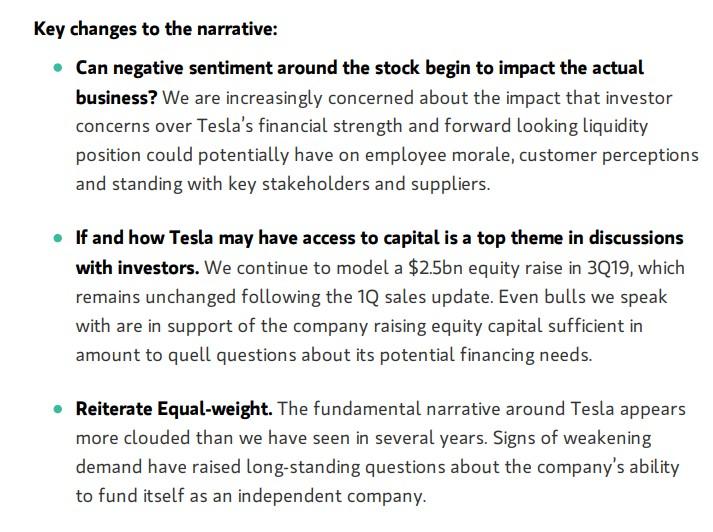Former Smallville actress Allison Mack wept in a Brooklyn federal courtroom on Monday as she pleaded guilty to charges that she manipulated women into becoming sex slaves for the leader of a purported self-help group tied to the Clintons.

The 36-year-old Mack apologized to the women who prosecutors say were exploited by the group’s leader, Keith Raniere, within the “inner sanctum” of his NXIVM self-help business known as “dominus obsequious sororium” – Latin for “master over the slave women.“

Mack allegedly occupied the second-most-senior position in the group.
“I believed Keith Raniere’s intentions were to help people, and I was wrong,” Mack told the judge as she pleaded guilty to racketeering charges. “I know I can and will be a better person,” she added. Her sentencing was set for September 11.

Mack allegedly procured women for Raniere – who required that prospective “slaves” upload compromising collateral into a Dropbox account. One such recruit-turned-coach was India Oxenberg – daughter of Dynasty actress Catherine Oxenberg, who met with prosecutors in New York in late 2017 to present evidence against Raniere.
Mack’s guilty plea will mean she doesn’t have to stand trial with Raniere, wealthy Seagram’s heiress Clare Bronfman, and another NXIVM inner circle member, Kathy Russell – all of whom have pleaded not guilty and denied wrongdoing, according to the Hollywood Reporter.
Most recently, Raniere was accused of having sex with children and producing kiddie porn, to which he has pleaded not guilty.
Raniere, 58, is accused of having a child “engage in sexually explicit conduct for the purpose of producing one or more visual depictions of such conduct, which visual depictions were produced and transmitted,” reads a new indictment released Wednesday.
Raniere’s co-defendants, “Smallville” actress Allison Mack, Seagram heiress Clare Bronfman, Lauren Salzman and Kathy Russell were allegedly aware of his predilection for predation, and even facilitated it, according to prosecutors, who have now charged them for that conduct under a racketeering count.
His co-defendants “were aware of and facilitated Raniere’s sexual relationships with two underage victims: (1) a fifteen-year-old girl who was employed by Nancy Salzman and who – ten years later – became Raniere’s first-line ‘slave’ in DOS,” the filing reads. –New York Post
Both Mack and Bromfman sought a separate trial in the wake of the pedophilia charges.
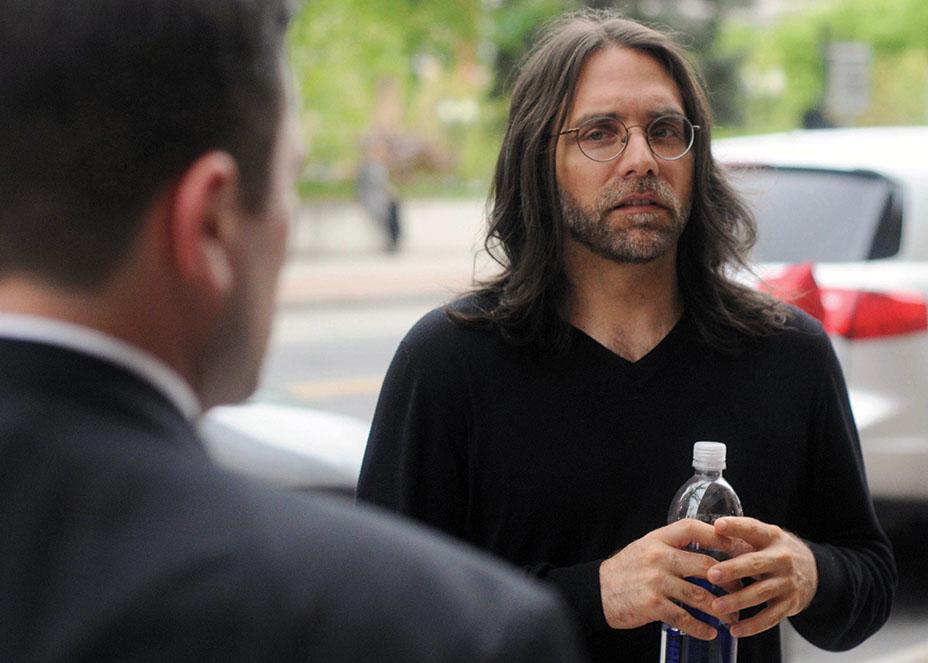
After being run out of Arkansas in the early ’90s by then-Governor Bill Clinton’s attorney general on charges of fraud and business deception, Raniere and NXIVM executives emerged a decade later only to donate $29,900 to Hillary Clinton’s 2006 presidential campaign a decade later. At least three NXIVM officials are (or were) “invitation-only” members of the Clinton Global Initiative, according to the New York Post.
As we noted in late March, while NXIVM describes itself as a self-help business that has helped thousands of people “reach their potential” through various courses, the women’s-only “inner sanctum” led by Raniere is known as ‘DOS’, which whistleblower Frank Parlato said stands for “dominus obsequious sororium” – Latin for “master over the slave women”. Once they are a member – or “slave” – they are allegedly encouraged to recruit new women into their “slave pods”, stop dating, and be on call 24 hours a day after being branded with Raniere’s initials below the hip using a cauterizing iron.
According to a 2010 Vanity Fair report, Clare and her sister Sara Bronfman, who joined NXIVM in 2002, contributed approximately $150 million of their trust fund to NXIVM, while Claire bought 80% of Wakaya island off the coast of Fiji for $47 million in 2016.
[I]n the last six years as much as $150 million was taken out of the Bronfmans’ trusts and bank accounts, including $66 million allegedly used to cover Raniere’s failed bets in the commodities market, $30 million to buy real estate in Los Angeles and around Albany, $11 million for a 22-seat, two-engine Canadair CL-600 jet, and millions more to support a barrage of lawsuits across the country against nxivm’s enemies. Much of it was spent, according to court filings, as Sara and Clare Bronfman allegedly worked to conceal the extent of their spending from their 81-year-old father and the Bronfman-family trustees. –Vanity Fair

The 39-year-old Clare – daughter of late Seagram CEO Edgar Bronfman (whose funeral Hillary Clinton spoke at) pleaded not guilty last July to charges of racketeering, money laundering and identity theft for NXIVM – fainted in court last month in response to being asked if she’d secretly retained lawyer Michael Avenatti.
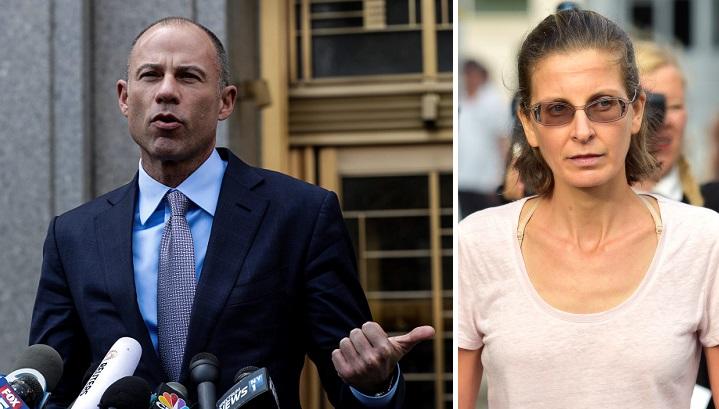
BREAKING: Seagrams heiress Clare Bronfman faints in court after judge seems to suggest that Michael Avenatti was secretly representing her, trying to negotiate deal with US attorney’s office in NXIVM case. An ambulance has been called.
— Emily Saul (@Emily_Saul_) March 27, 2019
Now that Mack has pleaded guilty, we wonder what the future holds for her co-defendants. According to the Hollywood Reporter, “The jury questionnaire covers several topics, including asking candidates for their opinions about “rich individuals” and people who “engage in relationships with multiple sexual partners” and whether they “believe that people under the age of 17 should be able to consent to sex with adults.“”
via ZeroHedge News http://bit.ly/2uUcMWM Tyler Durden


 At the end of last year, Congress passed a
At the end of last year, Congress passed a  Half a century of trying hasn’t closed one of schooling’s most vexing achievement gaps. According to a new paper, the gap in educational achievement between public school students in the bottom 10th socioeconomic status (SES) percentile and those in the top 90th SES percentile has remained essentially unchanged over the last 50 years.
Half a century of trying hasn’t closed one of schooling’s most vexing achievement gaps. According to a new paper, the gap in educational achievement between public school students in the bottom 10th socioeconomic status (SES) percentile and those in the top 90th SES percentile has remained essentially unchanged over the last 50 years.

 The United Kingdom appears to be following in the footsteps of the European Union and
The United Kingdom appears to be following in the footsteps of the European Union and 
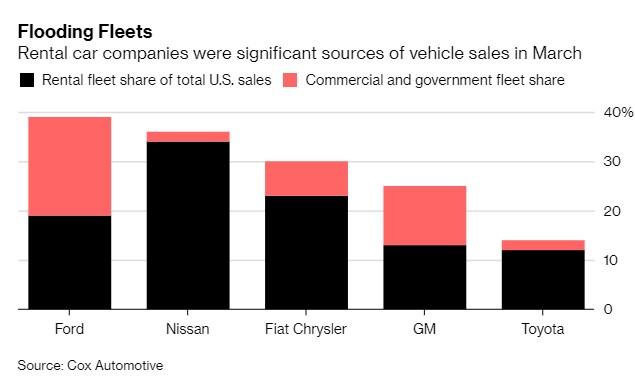
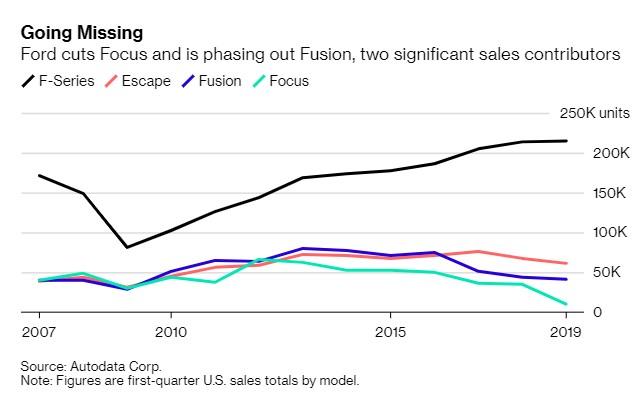

 The Trump administration said today that it is designating a powerful Iranian paramilitary organization as a foreign terror group.
The Trump administration said today that it is designating a powerful Iranian paramilitary organization as a foreign terror group.


